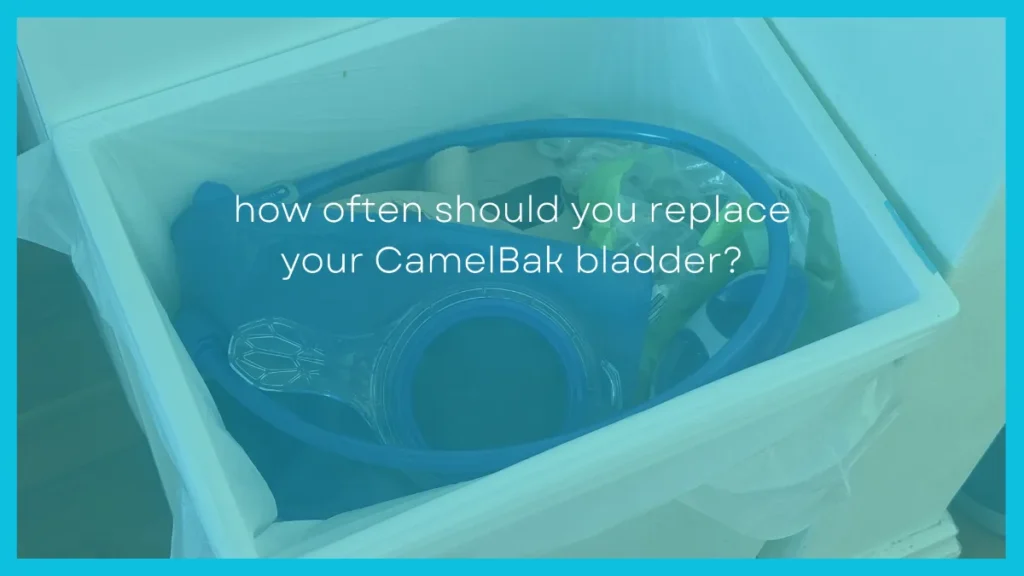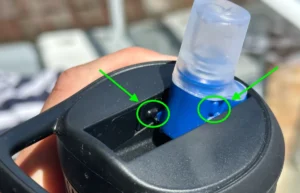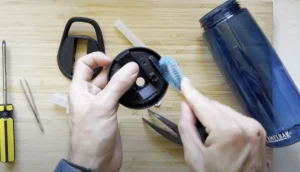Me and my kids love our CamelBak bladders, but given I have a few of them now I was wondering how long they are meant to last and how often I should be replacing them and how do I know when my CamelBak is ready to be replaced?
On average a CamelBak bladder will last between three and six years, sometimes much shorter and sometimes much longer.
It’s not at all uncommon to hear of people who have had theirs for 10 years or more. But that doesn’t necessarily mean it’s a good idea to stretch your bladder quite so far.
For casual use, it’s perfectly fine to wait to replace your CamelBak bladder until it ruptures or tears. But if you’re in a situation where you’re relying on it for hydration, like a multi-day hike or bike ride, it’s better to replace your bladder before it fails so you’re not stuck without water when you really need it.
Be on the lookout for reduced elasticity and hardened seams, both signs that your bladder is aging and more likely to fail.
Being able to identify when your bladder is more likely to fail and replacing it according to your needs is the best approach.
It Depends On How You Use Your CamelBak
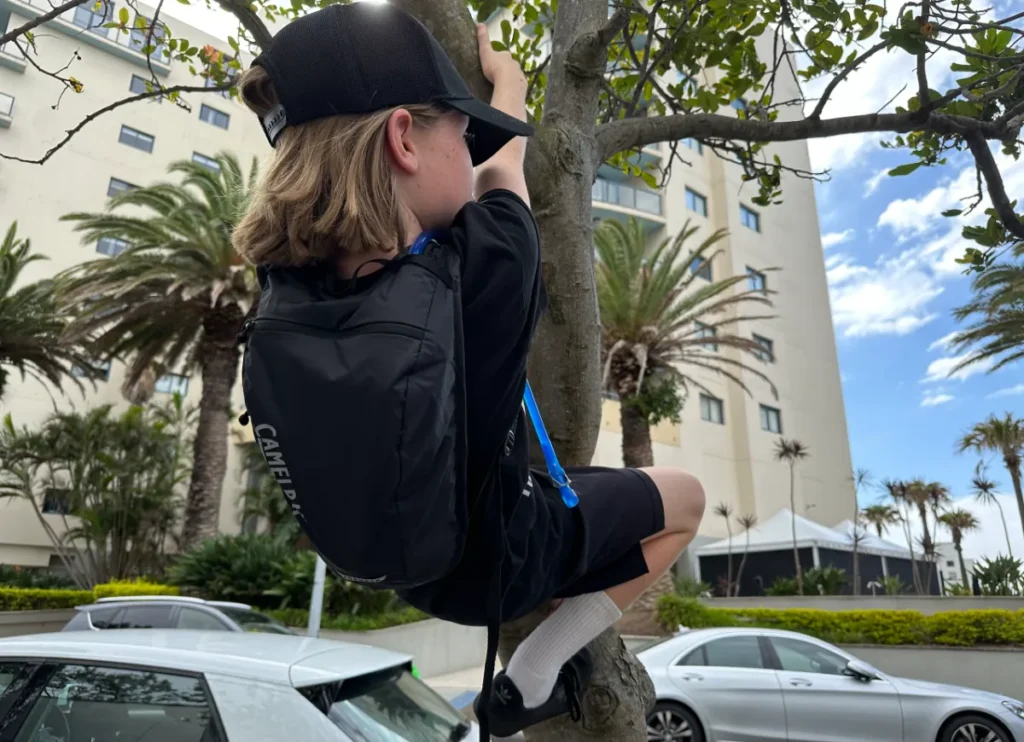
Even though many CamelBaks can last for years, it’s not always a great idea to stretch them quite so far.
For casual use it’s no problem. Use your bladder until it bursts, tears, or gets so disgusting you can’t save it.
If your CamelBak fails while you’re out for a quick hike or short bike ride, it’s no big deal.
You can remove mold from CamelBak bladders so mold isn't always a reason to throw them out (though sometimes it is) but while you can fix a leaking CamelBak bladder most fixes are temporary solutions until you purchase a new bladder.
Glues, adhesives and tapes all contain a variety of chemicals I personally don't feel comfortable ingesting – so in most cases a replacement is required.
But if you’re backpacking or distance cycling and relying on your bladder for hydration, the last thing you need is to suddenly be without it — with the added bonus of getting the rest of your gear soaking wet.
Look For Signs That Your Bladder May Fail
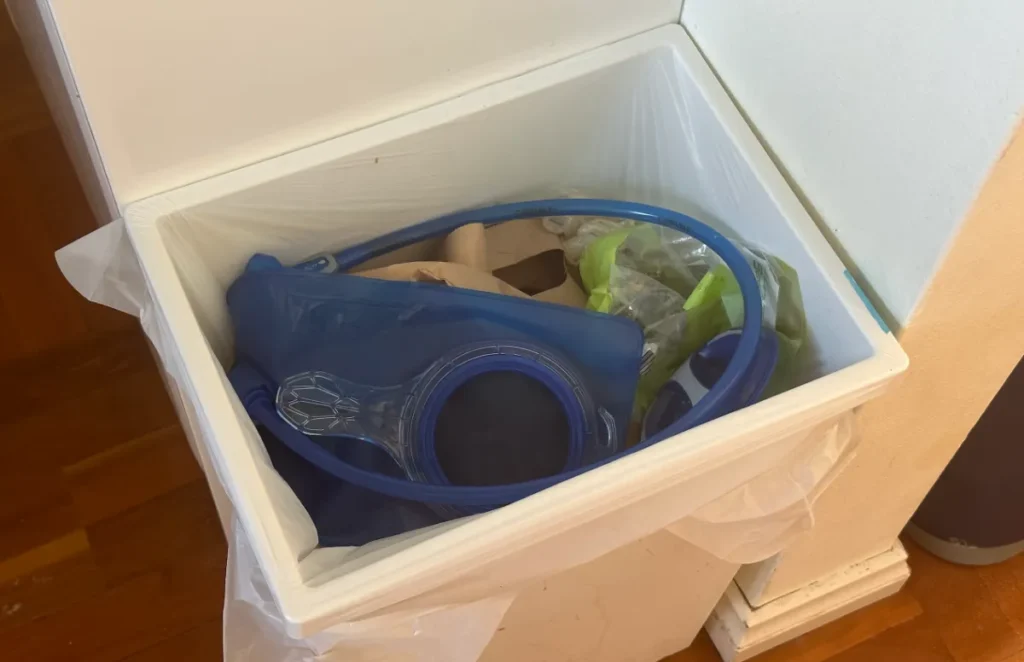
The most obvious signs that your bladder is nearing the end of its lifespan are reduced elasticity and hardening of its seams.
Reduced Elasticity
CamelBak bladders are made of TPU, in large part because it’s so durable and flexible.
But as TPU ages, it begins to lose much of its elasticity and, as a result, your bladder loses much of its ability to withstand the stress of normal use.
If you're noticing that your CamelBak reservoir is becoming stiff or firm in certain areas then this could be a sign that the plastic is wearing down and it needs to be replaced.
When the plastic begins breaking down this can make your CamelBak less safe to drink from as it can increase micro-plastics and plastic leaching into your water.
Hardened Seams
You’ll also notice that the seams will start to feel more firm and less pliable than when your bladder was new — a sign that the seam glue or seams themselves are becoming brittle.
A common cause of leakages or breakages is the seams becoming unstuck or the plastic near the seam breaking/tearing.
Because the seams are the part of your bladder that takes the most stress, the more brittle they become, the more likely your bladder is to fail.
Mold
If you're like me and you're not AMAZING at cleaning your CamelBak then over time mold can grow in it.
While a lot of mold can be treated, especially if you catch it early, sometimes there can be too much mold and it's not worth the risk of using the bladder again.
They could also be mold in your CamelBak tube and this can be really difficult to clean out and sometimes will leave black stains behind even once it's been fully treated.
Use your judgement but sometimes in these circumstances it's time to throw out your old trusty and get a new bladder that is mold free (and make sure to keep it mold free in future).
How Often To Replace A CamelBak
There’s no hard and fast rule about how often you should replace a CamelBak. If treated well, cleaned and dried regularly and kept out of the sun the bladders can last for decades without issue.
It all depends too much on what you use your CamelBak for, how often you use it, how well you take care of it and how reliable you need it to be.
Personally, I buy a new bladder roughly every 2-3 years. My newest bladder comes with me when I really need it to be dependable.
I still keep my older bladders and use them for things like day hikes and short bike rides, where it doesn’t matter so much if it were to tear or rupture. I'll also lend them to friend who want to come bushwalking with me and are less prepared than I am.

